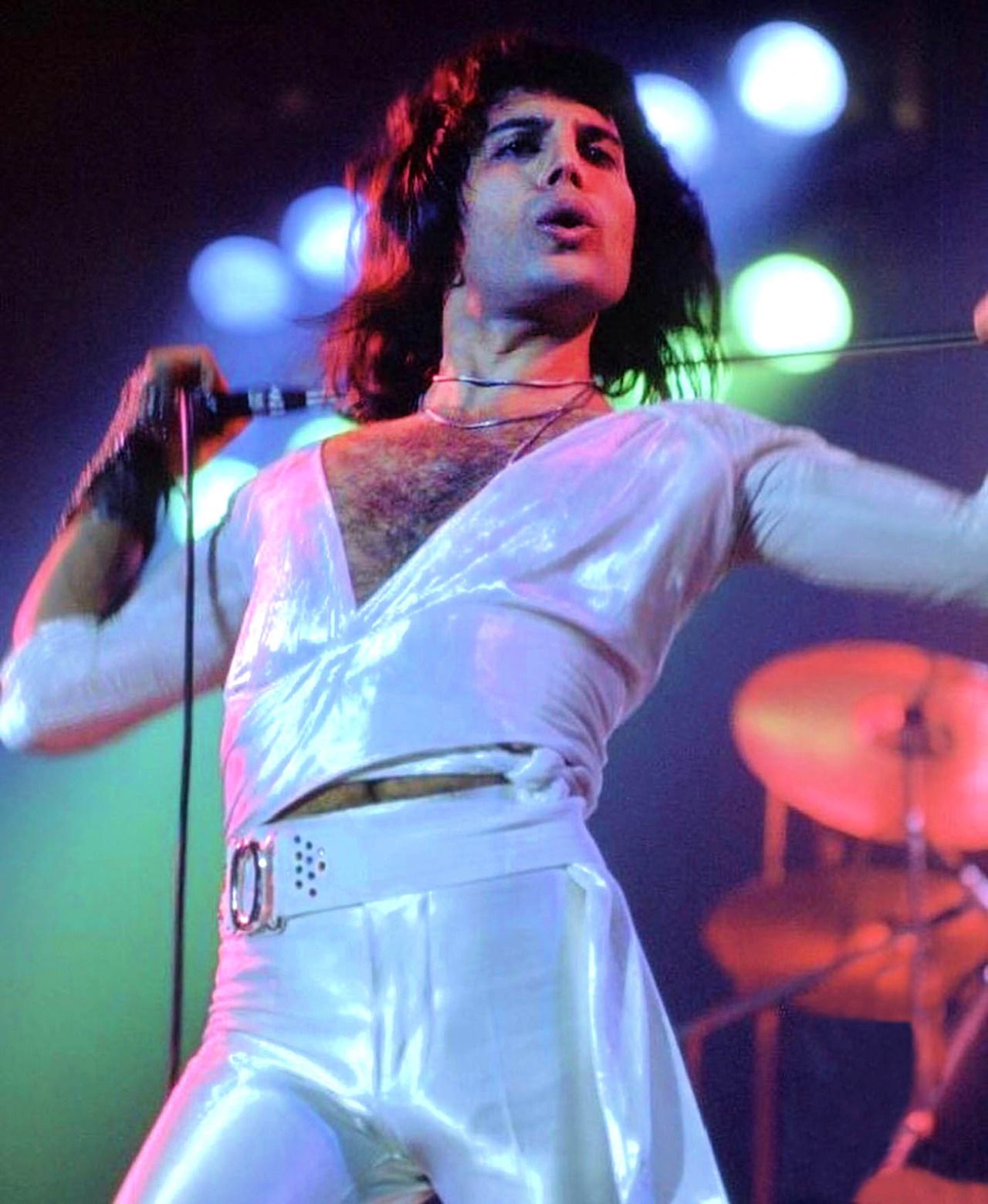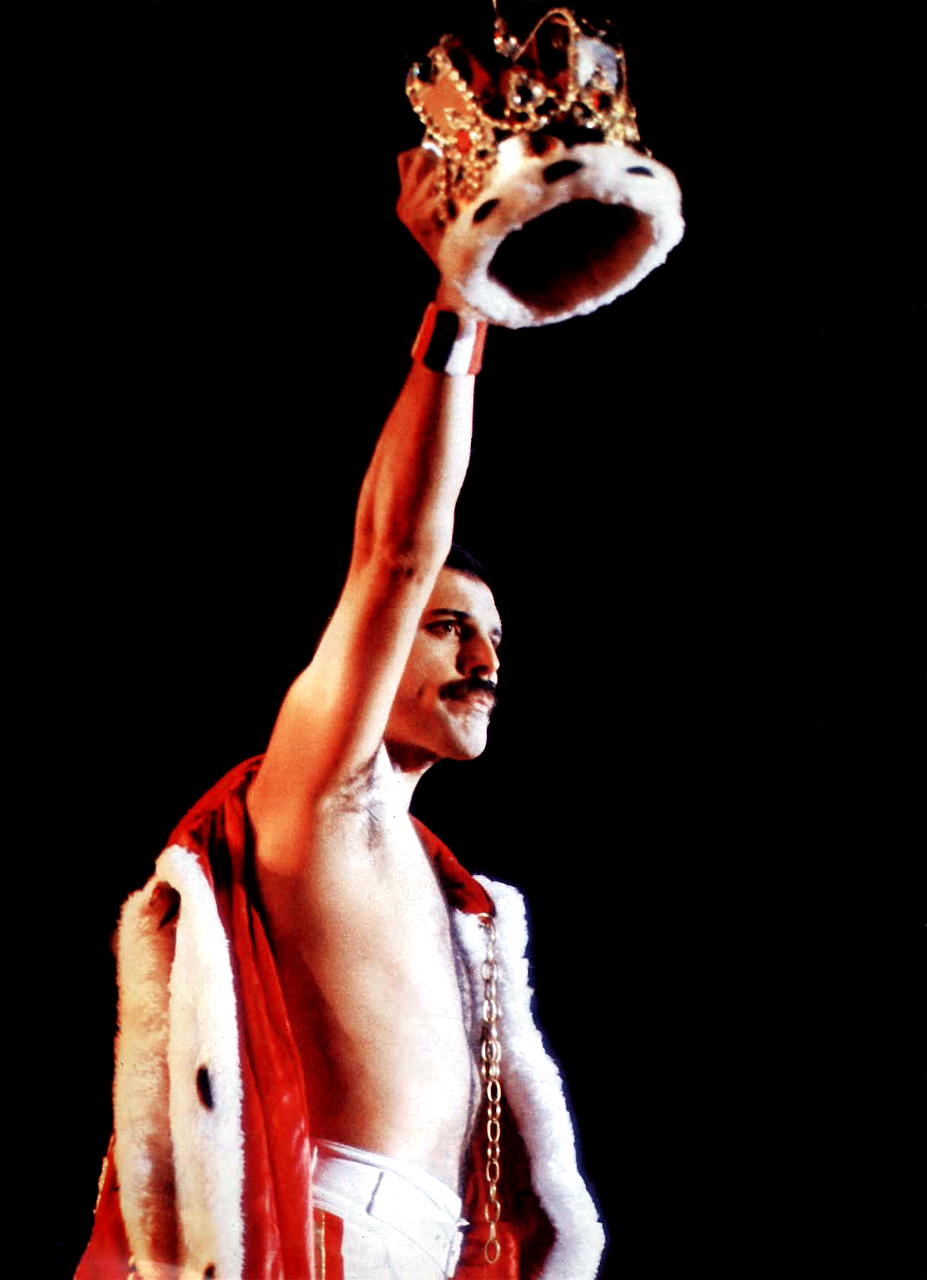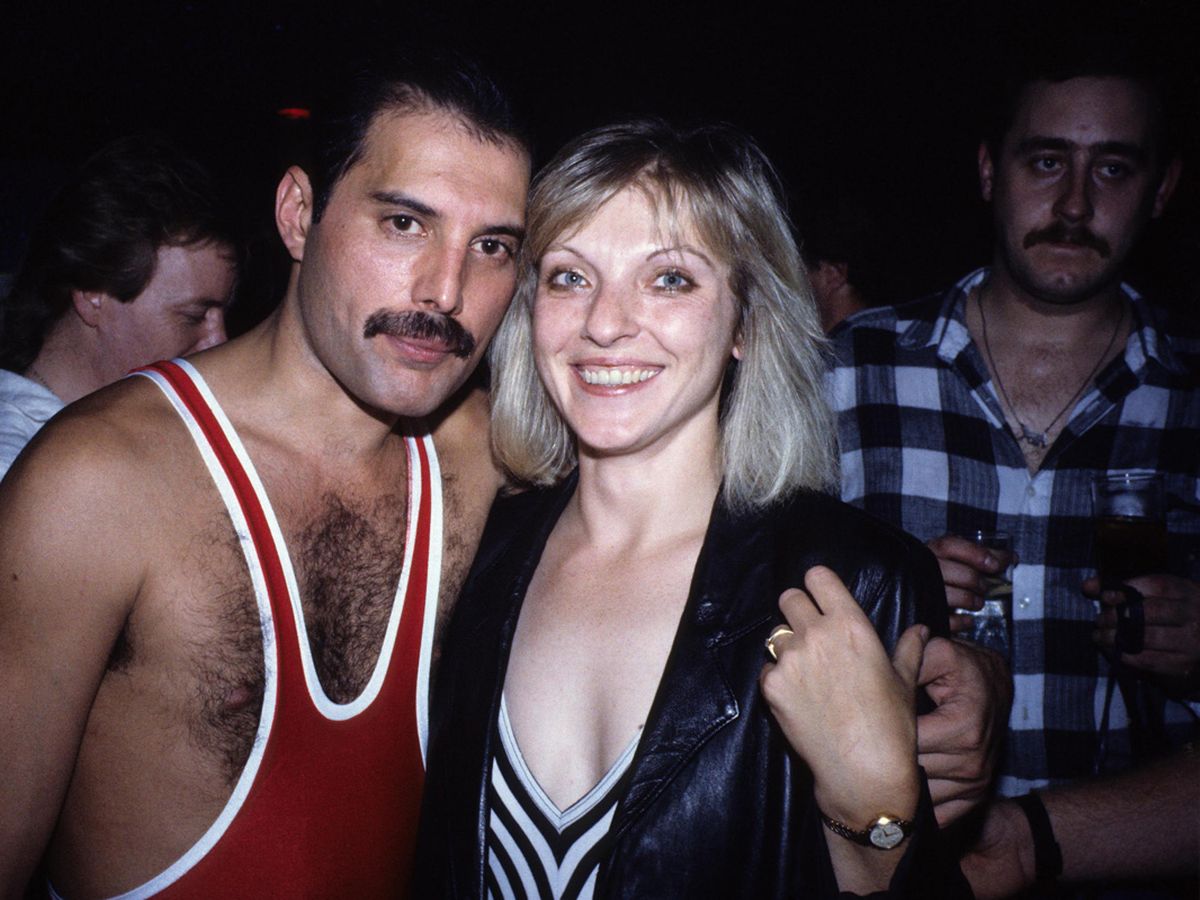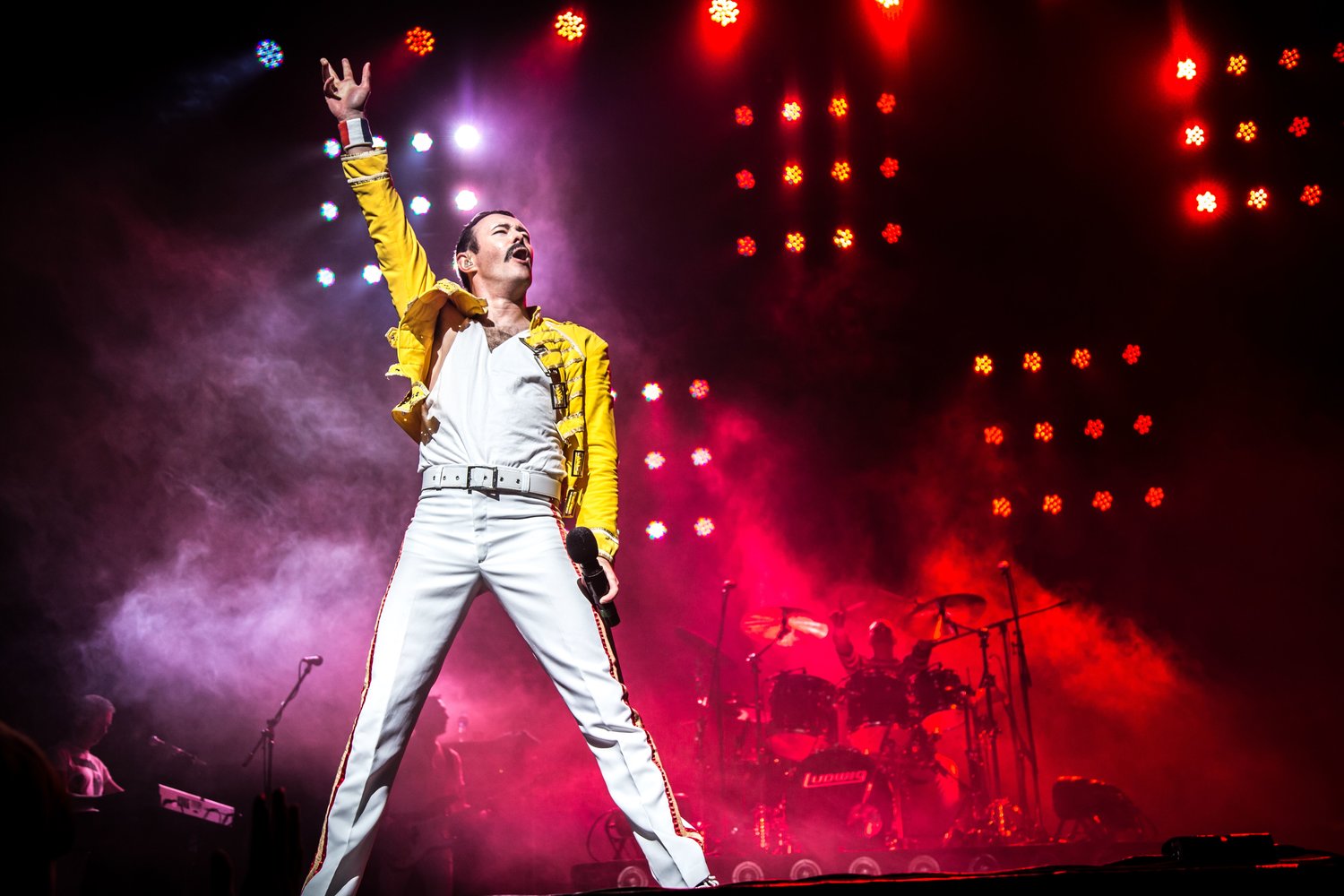Farrokh Bulsara, best known by his stage name Freddie Mercury, was a British singer-songwriter who gained popularity as the main vocalist of the rock band Queen. Mercury died on November 24, 1991. He was renowned for his flamboyant stage demeanor and four-octave vocal range and is recognized as one of the best vocalists in the history of rock music.
With his dramatic approach, Mercury defied the expectations of a rock leader and influenced Queen’s aesthetic vision. Whom did Freddie Mercury have as his greatest love? It boils down to Mary Austin and Jim Hutton, according to the Queen film Bohemian Rhapsody.
But the movie omits a lot of information on both relationships, tampering and ignoring important elements. The real-life accounts of Austin and Hutton, who made significant contributions to Mercury’s life and were close to him until his passing in 1991, are presented here.
Relationship between Jim Hutton and Freddie Mercury:
The bond between Jim Hutton and the late Freddie Mercury is now well known. He never outed himself as gay, and he left the majority of his riches to his ex-fiancée.

Jim Hutton was Freddie Mercury’s longstanding companion, although they kept their love and personal lives very quiet. Fans were only able to have a deeper understanding of the band’s life once the leader from “Queen” passed away.
In 1994, Hutton published his book, which included private shots of him and Mercury. The iconic musician nonetheless left Mary Austin, his ex-fiance, the most of his riches despite their relationship.
Meeting Jim Hutton
The 2018 film “Bohemian Rhapsody” has a scene in which Mercury and Hutton flirt while Hutton helps clean up after one of the rockstar’s parties. But everything that was going on in this character interaction was pure creative license. Hutton and Mercury first crossed paths in 1985 at Heaven, a homosexual nightclub in London.
When the singer made the offer to buy the Irish barber a drink, the musician was already a sensation but was still unknown. Up until their second meeting a year and a half later, Hutton turned down Mercury’s offer. The singer’s future partner from 1994 recounted meeting Mercury at a nightclub and accepting the musician’s offer of another drink.
The proposition was accepted this time, and Hutton and Hutton started dating. Less than a year later, the singer’s partner moved in with him at his Garden Lodge estate while continuing to work as a hairdresser. Mercury never came out as homosexual during this time.
Hutton and his boyfriend went through some rocky times, just like in many relationships, but one of those difficulties was spurred on by his lover’s famous position and the attention it attracted. When seen with other guys, Mercury was acting suspiciously and may even be unfaithful. He finally received an ultimatum from Hutton: He must make a final decision on his goals. All Mercury said in response, according to Hutton, was “Okay.”
Observed Freddie’s Fame
Hutton was among the fortunate few who saw significant events in Mercury’s existence. This includes his 1985 Live Aid appearance when his partner’s stage presence left the hairstylist “gobsmacked” (to use his own words). He did, however, be able to see a part of Mercury other than the godlike figure that crowds flocked to stadiums to watch.

In Hutton’s memory, Despite the development of their friendship, Mercury maintained to conceal his sexual orientation. Hutton was unwavering in his love for Mercury, as shown by the fact that he remained at his side for at least as long as Mercury lived.
Mercury’s diagnosis of AIDS
Mercury was identified as having HIV in 1987. Throughout that sad experience, Hutton was at his side, while friends like Austin’s chef Joe Fanelli and his helper Peter Freestone alternated in seeing to his needs. Initially, Hutton wanted the celebrity to see a second expert; however, the musician provided him a way out by telling him he could go.
In response, the hairstylist said he wasn’t leaving while still tending to Mercury beside his bedside at home. Hutton, who subsequently said that the singer was likely in denial about Mercury’s critical health, saw the singer steadily degenerate in front of him.
Even though they tried all they could to cure him, HIV research and knowledge were still in their infancy in the 1980s. Mercury, though, was certain that his disease would not dictate his abilities or limitations. Consequently, he decided to shoot the “Barcelona” music video against all medical recommendations to the contrary.
Death Of Freddie Mercury
Mercury was Hutton’s bandmate for seven years up until the singer’s death on November 24, 1991, at the age of 42 due to complications from AIDS. To signify their relationship, the couple even donned wedding rings. Hutton had believed he would inherit the mansion when the frontman of Queen died away, but he was shocked to learn otherwise.
The passing of Mercury unexpectedly changed the life of the hairdresser. Hutton was pushed to insanity after learning what Mercury had decided to do for those he left behind. He was, in his own words, “devastated” by the death of his partner in addition to being “devastated” by his death.
Death Of Jim
Hutton, unfortunately, died away from lung cancer on New Year’s Day 2010, three days before his next birthday, at the age of 60. In 1990, Hutton also tested HIV-positive. It took Hutton a year to admit to Mercury that he had the same problem before he finally told him.
In addition to its lethal effects, AIDS was taboo and difficult to discuss. Only the day before Mercury died did the general public hear of his sickness; his management made the announcement. Hutton disagreed with this choice, claiming that Mercury would not have wanted people to know about it even after he had passed away.
This tenacious supporter and the great musician’s lifelong boyfriend passed away in his Irish homeland of Carlow. But before his death, Hutton published a book titled “Mercury and Me” that discussed his friendship with the singer of “Bohemian Rapsody.”
Mary Received Wealth From Freddie
The Garden Lodge house Hutton had shared with Mercury was bequeathed to Austin at Mercury’s death! Bustle reports that Austin reportedly ejected the late celebrity from the house following his passing.
But after allegedly receiving $600,000, he reportedly moved back to his home in Ireland. He supposedly received a payment that was equal to what Fanelli and Freestone did.

Hutton was shocked when he didn’t receive the mansion since, according to him, Mercury had guaranteed him that it would be. Additionally, Austin received the singer’s entire wealth and fewer bequests to relatives, certain friends, and employees.
Additionally, his ex-fiance received 50 percent of any future income received by Mercury from the Queen. The late musician’s sister and parents each received half of the remaining funds, and Austin was allowed to spread Mercury’s ashes.
Meeting Of Freddie And Mary
When Mercury first met Austin in 1969, he was 24 years old. When the future star was still a budding vocalist and hadn’t yet become one of the greatest rock artists in the world, she was employed by the English clothing retailer Biba.
Austin gushed to Daily Mail in 2013 about how attracted she was by him, particularly his confidence. They soon started dating, and in 1973 the singer surprised her by proposing to her with a jade ring. She accepted.
Expressing His Love For Her
Austin was admired by Mercury, who even wrote the song “Love of My Life” in her honor. The actor even brought her to meet his parents as if that weren’t enough to demonstrate his love for her.
Sadly, the wedding was put off when Mercury came out as bisexual. Thus the couple never intended to go down the aisle. They stayed close, however, and he even gave her a home.
Conclusion –
Mercury, who was born in Zanzibar in 1946 to Parsi-Indian parents, started attending English-style boarding schools there when he was eight years old and later moved back after finishing high school. His family relocated to Middlesex, England, in 1964 as they escaped the Zanzibar Revolution.
Years of musical study and composition later, he founded Queen in 1970 with guitarist Brian May and drummer Roger Taylor. Along with “Killer Queen,” “Bohemian Rhapsody,” “Somebody to Love,” “We Are the Champions,” “Don’t Stop Me Now,” and “Crazy Little Thing Called Love,” Mercury penned several Queen classics.
He often engaged the crowd throughout his captivating stage performances, as shown during the 1985 Live Aid event. He had a solo career as well, and he worked as a producer and a guest player for other musicians.























